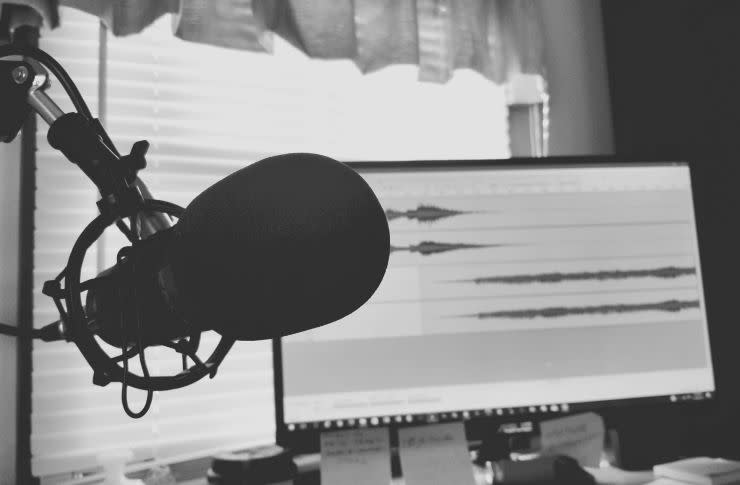Professional Audio Equipment: Choosing the Right Gear
Professional audio equipment forms the backbone of music production, live sound, broadcast, and content creation. Choosing the right tools means balancing accuracy, durability, and suitability for the intended application — studio tracking, live reinforcement, podcasting, or broadcast. Understanding the technical specs and practical trade-offs will help you build a system that performs reliably and delivers consistent, high-quality sound.

What makes audio equipment professional?
Professional-grade audio gear is defined by consistency, precision, and robust construction. Key technical indicators include wide and linear frequency response, low self-noise, high dynamic range, and stable gain structure. Components such as preamps, converters, and amplifiers are designed to minimize distortion and preserve audio fidelity across demanding workflows. Rugged chassis, balanced connections, and cooling or power-management features also differentiate professional units from consumer alternatives.
Professional equipment often includes features for workflow efficiency: recallable settings, digital control, networked audio capabilities (Dante, AVB), and compliance with industry standards. Manufacturers typically provide longer warranty support and service networks, which matter when systems are used daily in commercial environments.
How to choose microphones and preamps?
Microphones are selected by source and environment. Dynamic mics are durable and handle high SPLs — ideal for drums and stage vocals. Condenser mics capture more detail and are favored in studio vocals and acoustic instruments. Ribbon mics provide smooth top-end and a vintage character for specific applications. Consider polar patterns (cardioid, omnidirectional, figure-8) to control room ambience and rejection.
Preamps shape a microphone’s captured signal: look for low noise, sufficient clean gain, and headroom. Some preamps add color or harmonic saturation, which can be desirable for character. Pay attention to impedance matching, phantom power for condensers, and whether you need remote switching or digital outputs. Accessories — shock mounts, pop filters, and quality cables — are essential for getting the best performance from microphones.
Which speakers and monitors suit professionals?
Studio monitors and PA speakers serve different purposes. Nearfield monitors provide accurate, close-range listening for mix decisions; they should have flat response, tight transient response, and low distortion. Look for active monitors with built-in amplification matched to the driver, as these reduce system-level mismatches. Room acoustics and monitor placement influence perceived frequency balance; treat reflections and bass build-up before blaming the speakers.
For live sound, choose speakers based on venue size and coverage requirements. Passive and active PA speakers both work well — active speakers simplify setup since they include tuned amplification. Consider power handling, dispersion patterns, and weight/portability. For larger venues, line arrays and subwoofer integration are typical to manage long-throw coverage and low-frequency extension.
How to maintain and optimize your gear?
Routine maintenance extends lifespan and keeps performance consistent. Clean connectors, inspect cables and solder joints, and keep ventilation clear to avoid overheating. Regularly update firmware on digital devices and back up configuration files. Implement disciplined gain staging to prevent clipping and to preserve headroom across the signal chain. Good cable management and labeling reduce downtime during setup and troubleshooting.
For repairs, calibration, or complex diagnostics, rely on qualified technicians or authorized service centers. Many professionals use rentals or demos to test gear in their own rooms before committing to purchases; local services can provide trial units and hands-on guidance. Keep records of serial numbers, purchase dates, and warranty terms to streamline service interactions.
Conclusion
Choosing professional audio equipment is about matching technical capability to the real-world needs of your workflow. Prioritize clarity, durability, and features that support efficient operation — accurate microphones, reliable preamps, properly matched monitors or PA systems, and a maintenance plan. Thoughtful selection and upkeep will ensure your system performs reliably and translates creative decisions into consistent, high-quality sound.





